In The Good Asian #1 by Pornsak Pichetshote, Alexandre Tefenkgi, Lee Loughridge, and Jeff Powell, arriving May 5th, 2021 from Image Comics, readers will be introduced to Detective Edison Hark. FOC for this intriguing new series is TODAY, April 12th, 2021, so be sure and call your local comic shop NOW to reserve your copy!
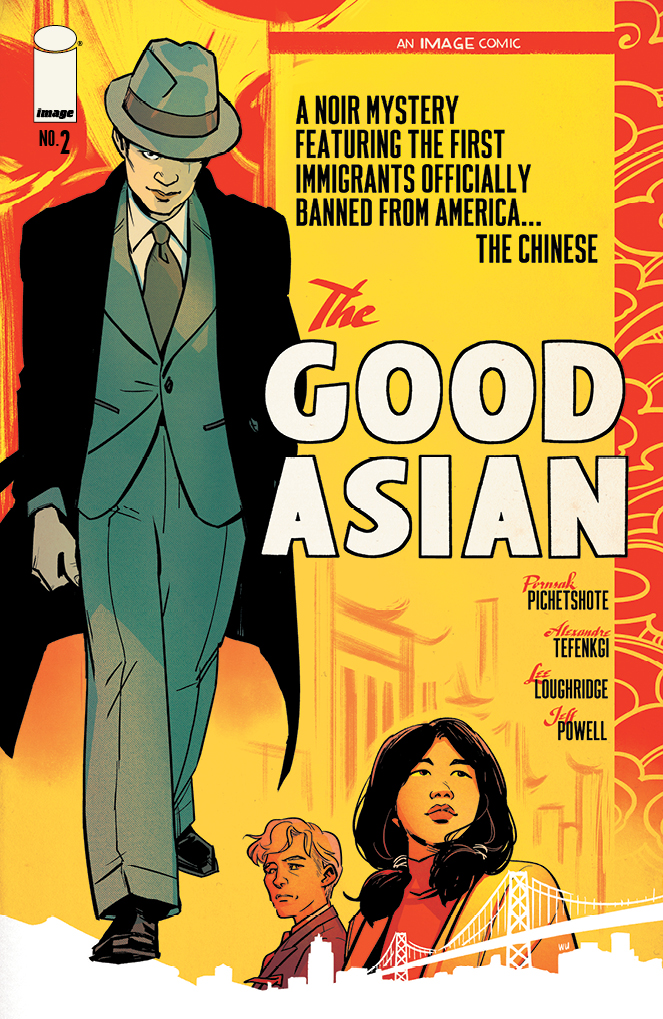
The Beat asked writer Pichetshote and artist Tefenkgi all about the nonfiction and literary inspirations behind the Chinatown noir comic, what went into faithfully capturing 1936’s Chinatown in San Francisco on the page, and why it is essential to remember some of the frequently forgotten elements of Asian-American history.
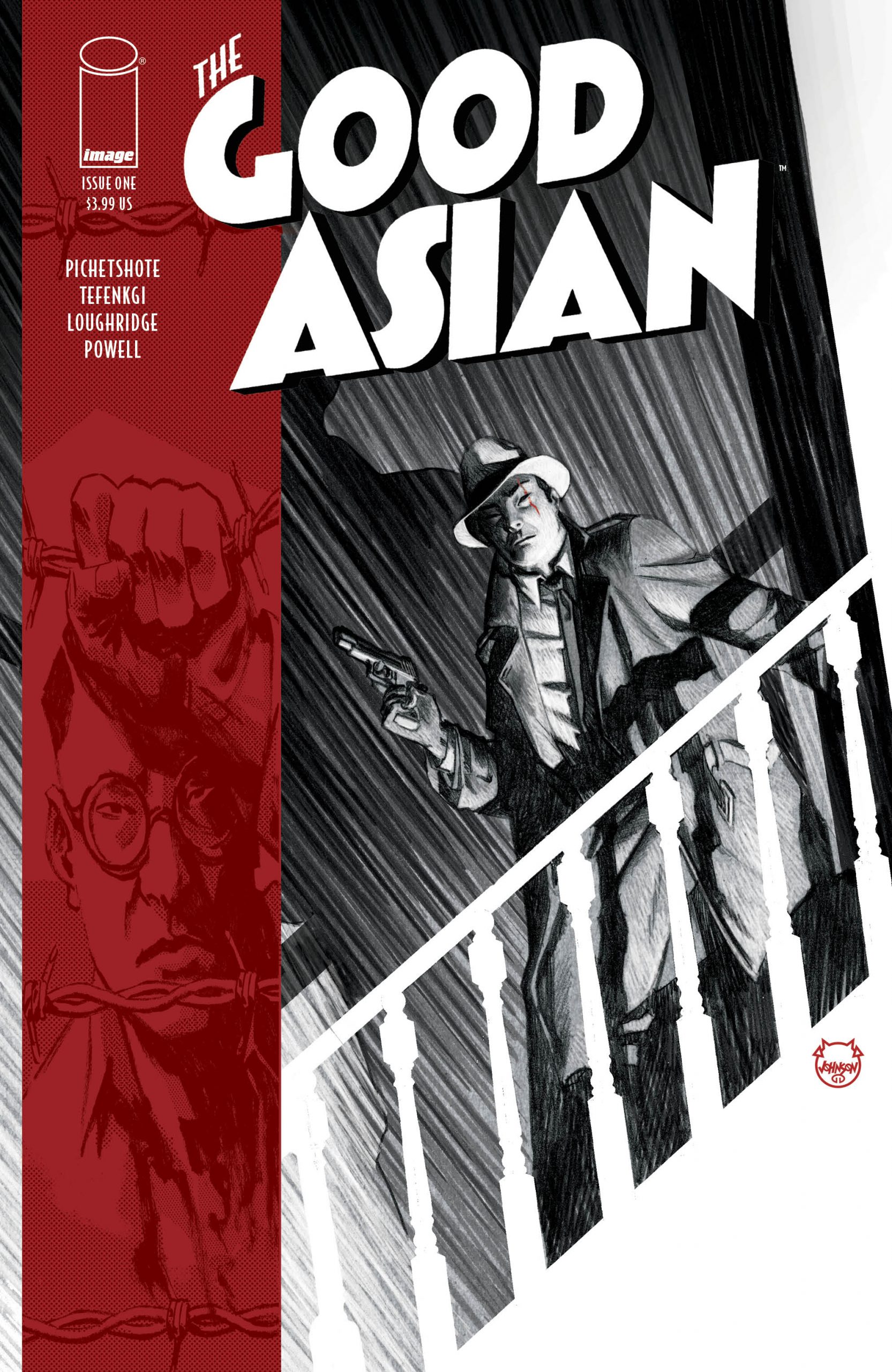
AVERY KAPLAN: What was the genesis of The Good Asian?
PORNSAK PICHETSHOTE: THE GOOD ASIAN is Chinatown noir – a 1936 detective story featuring the first generation of Americans to grow up beneath an immigration ban of their own people – the Chinese. The Chinese Exclusion Act – an 1882 act which banned all Chinese laborers (and ending up affecting all Chinese immigrants) as well as the Immigration Act of 1924 which barred all Asians and Arabs from entering America was something I discovered late in life, and I couldn’t believe I didn’t know anything about it. That, coupled with my interest in the movies about the Asian crimesolvers of the 1930s – Charlie Chan, Mr. Moto, and Mr. Wong – led me to want to combine those two things, and tell a story about an Asian detective that acknowledged Asian-American history in all of its facets.
ALEXANDRE TEFENKGI: I was put in contact with Pornsak through our mutual friend Cliff Chiang after the New-York Comicon. At that time, I was living in Vietnam and in the process of exploring my Asian heritage, trying to connect with this part of my identity. I talked about it in depth with Cliff, and it might have been part of the reasons why I had the chance to discover Pornsak’s project. When I first read the script, I thought it was a great story. It covered a part of history that I didn’t know about, but as a person born from an immigrant family, it resonated with me.
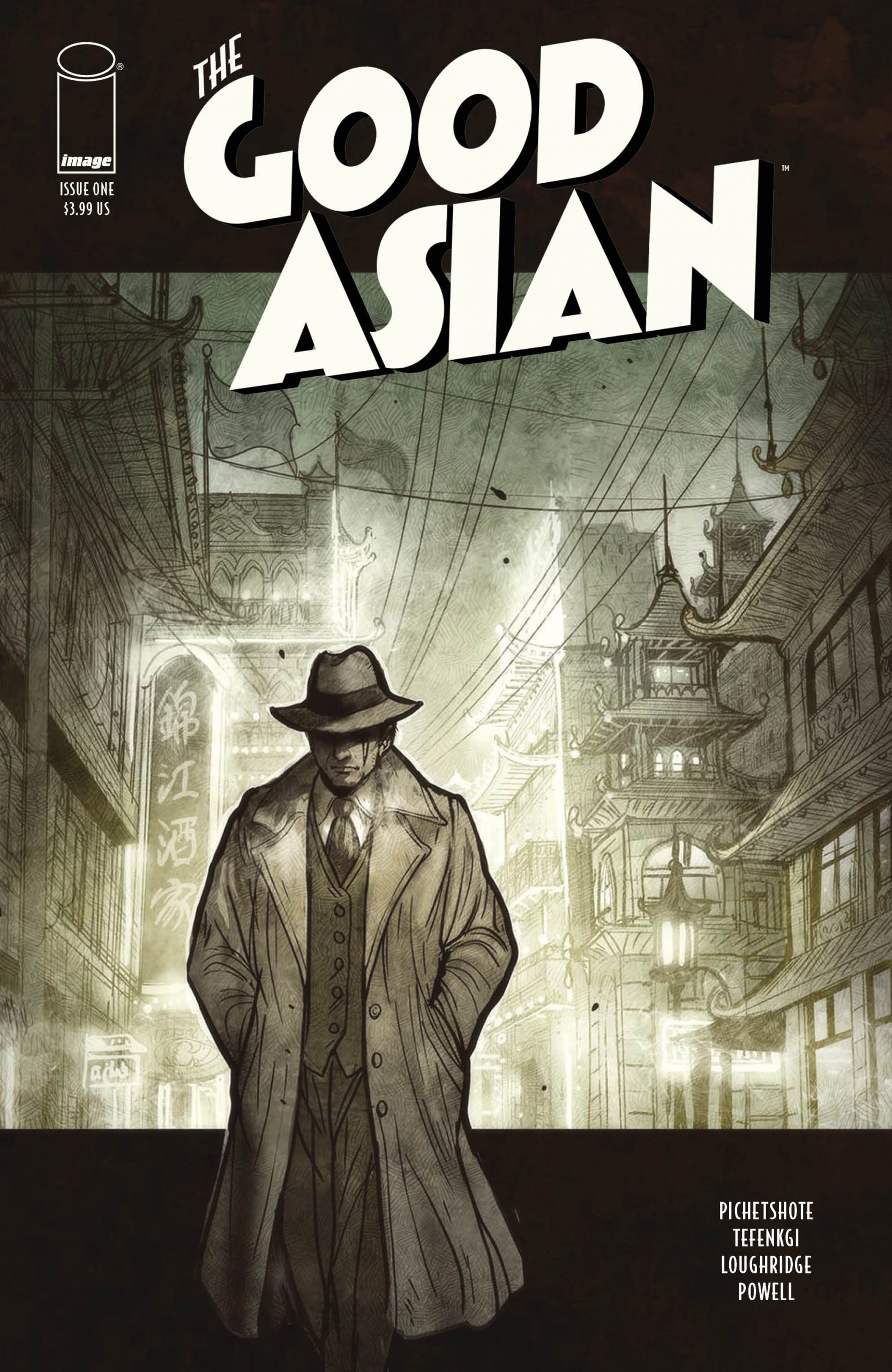
KAPLAN: Can you tell us a little bit about Edison Hark; perhaps both in relation to his forerunners as well as what makes him unique?
PICHETSHOTE: Edison Hark is one of the first Asian-American detectives in America. He was very much inspired by the real-life inspiration of Charlie Chan – Chang Aparna – America’s very first Asian-American detective. Unlike Chang Aparna, he’s working a case outside of Hawaii, which Aparna never did. Unlike Charlie Chan who worked many cases outside of Hawaii, Hark’s story acknowledges the anti-Asian reality of the 1930s.
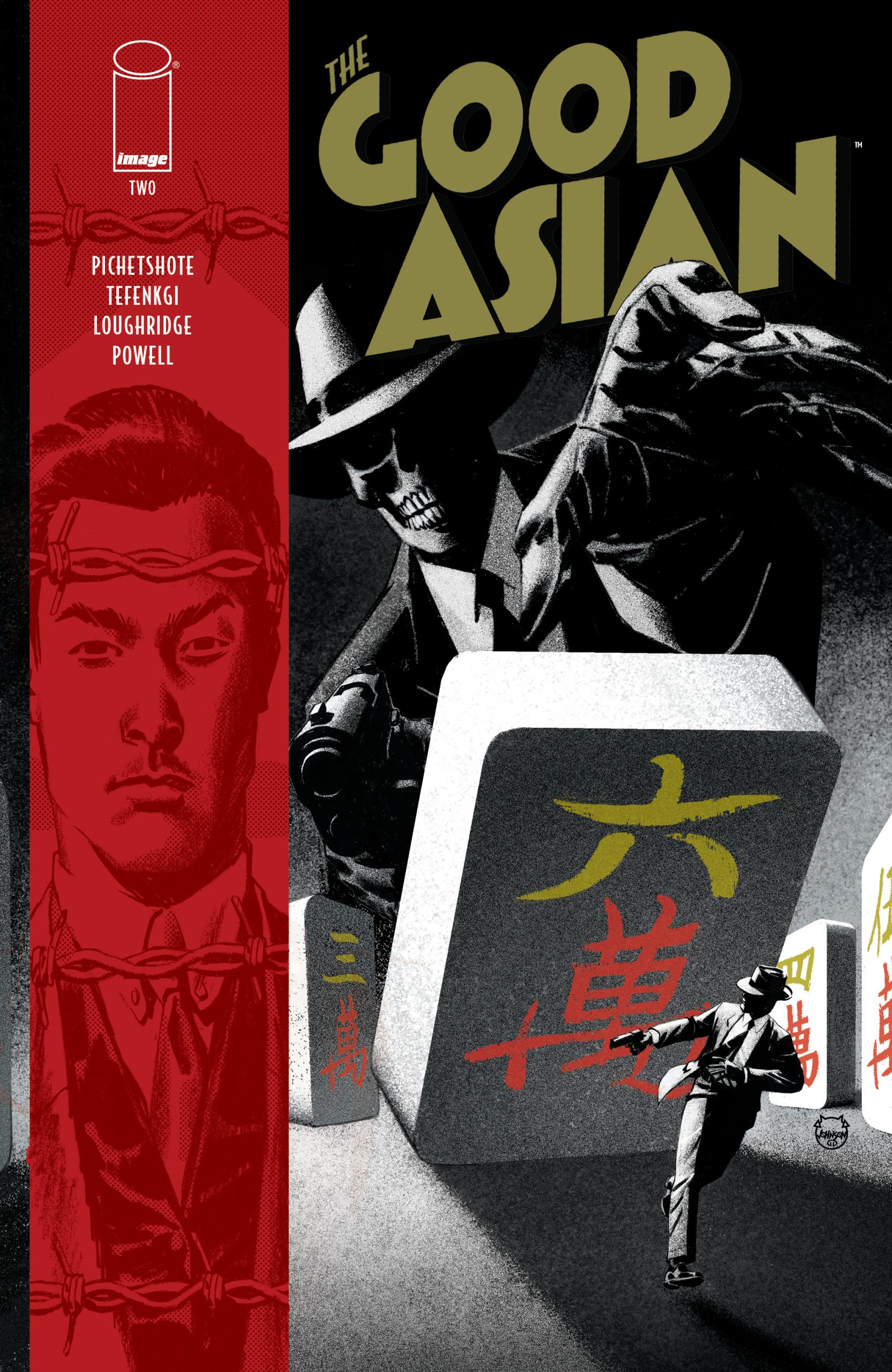
KAPLAN: What was the process of capturing 1936 San Francisco like, both aesthetically and in terms of the historical realities?
PICHETSHOTE: Tons and tons and tons of research. Because I wasn’t just trying to capture 1936 San Francisco, I was trying to capture 1936 Chinatown in San Francisco, and there’s a lot less written about that. So most of the work was taking a few source texts and Tetris-ing them together to paint a picture I felt I had a confidant grasp of the reality and truth of to set my story in it.
TEFENKGI: On this project, I’m really lucky, because with each issue, I get a folder with the important documentation I need. I usually add my own Pinterest and Google research to that. I tried to give the architectural feel of the period my own spin. I like to simplify subjects and retain the essence of what defines an architecture or object.
KAPLAN: Was it important to include nonfiction elements concerning Asian-American history in this detective story?
PICHETSHOTE: Absolutely. I don’t think the story works without it. The intention was to use a noir detective story to talk about what life was like during that time for the working-class Chinese of Chinatown. It’s a way of examining our present through our past. That ambition collapses in on itself when I make up those aspects. On the other hand, there’s not a lot you can find about the Chinese of that era, since it was leading up to World War 2 and the Chinese Exclusion Act’s repeal; most of the material written about Chinese Exclusion Act-era Chinese deals with the beginning of that period. So what I had to do to get to that truth was cross-reference different texts, and when there were details that were missing – like how cops treated illegal Chinese immigrants or the search for illegal Chinese immigrants – I’ve looked to what’s happening now, under the working theory that it hopefully wasn’t worse than that, so the story is always rooted in the truth. For that reason, though, I’m pretty confident the story underestimates how bad anti-Chinese sentiments and actions were at the time, because there was no one around to record it.
TEFENKGI: From my artistic point of view, being respectful enough of the time period is key for the believability. I’m not creating a new universe or birthing new designs. The point is to navigate the fine line between keeping your style and staying authentic. I’m trying to translate the era through my visual lens and come up with something narratively correct and engaging. I don’t think there’s a lot of fiction on my end except the hawk eye vision that Detective Hark is using throughout the story.
KAPLAN: Was any specific detective genre story particularly inspirational for The Good Asian?
PICHETSHOTE: I don’t know if any one detective story was the flashpoint that led to The Good Asian. It was more an entire body of work that influenced its genesis. From The Maltese Falcon to Hammett’s Continenal Op stories and novels – “Dead Yellow Letters” is definitely a stand-out there; Raymond Chandler’s Philip Marlowe novels – my favorite being Farewell, My Lovely; Ross McDonald’s Lew Archer books, Walter Mosely’s Easy Rawlins novels, and of course, the original Charlie Chan books – The House without a Key and The Chinese Parrot. Like I mentioned earlier, THE GOOD ASIAN probably wouldn’t exist in its current form if I hadn’t been so intrigued by all the Asian crimesolver movies of the 1930s, from Charlie Chan to Mr. Moto to Mr. Wong, Detective.
TEFENKGI: When I think detective, with my European mind, I always think of Blacksad by Juanjo Guarnido and Juan Diaz Canales. Twenty years ago, I was so blown away that it became one of my top references for the detective genre. There’s also Monster and 20th Century Boys by Naoki Urazawa. How he deals with suspense and mysteries is masterful.
KAPLAN: Could you speak to the potential of the Asian-American noir genre?
PICHETSHOTE: There’s a lot of POC noir out there – Mosley and Gary Phillips immediately spring to mind – and there are a lot of Asian detective novels out there – Henry Chang’s Chinatown Beat novels come to mind as well as Leonard Chang’s Allen Choice mysteries. The figure of someone standing on the fringes of society trying to do the right thing resonates so strongly to the experience of people of color, the genre seems ripe for all kinds of immigrant noir. What excites me about the possibility of Asian-American noir – or Chinatown noir as we’re calling it –is using the tropes of that genre to explore Asian-American identity, which in itself is kind of a mystery because in relation to other works, there isn’t as much dedicated to it.
KAPLAN: As noted in the afterword of The Good Asian #1, the first Asian-American police officer in mainland American was sworn in in 1957. Was there a reason you chose to make Hark a police detective rather than, for example, a private investigator?
PICHETSHOTE: Probably because my interest in this started with Charlie Chan et al, and looking at what it would take for him to really exist, I discovered how Chan was inspired by real-life Chinese-American cop Chang Aparna from Hawaii. And when I read how he used to go undercover into Chinese opium and gambling dens and root out the troublemakers, I became fascinated about how the first Chinese-American cop was actually used against his fellow Chinese. From there, the book’s themes and how it talks about the Asian-American experience today instantly rolled out.
KAPLAN: One technique that I noticed being utilized in The Good Asian #1 was different shaped word balloons to indicate when various languages are being spoken. I was wondering if you could tell us some about the process of developing this alternative to the “asterisks translation note” (with which many comics readers are likely familiar)?
PICHETSHOTE: Hark’s world is a bilingual world, so I knew I needed an easy way to visually signal to the reader when he’s speaking one language over another. We could have used <brackets> every time which has also become a popular comics convention, but one of the things I and my letterer Jeff Powell have in common is trying to communicate the most through the least amount of copy (On the comics page at least. In real life, I can’t shut up. Ask my editor.). The idea of doing it through just balloon choice was Jeff’s, which I think is inspired. And actually, it’s really subtle, but the font is slightly different as well to match it a little better to those rectangular balloons.
KAPLAN: Was there any element of the story that presented you with a particular challenge, either in terms of narrative or visual development?
PICHETSHOTE: The book is really inspired by pulp detective novels – Sam Spade, The Continental Op, Philip Marlowe, Lew Archer, Easy Rawlins – as opposed to film noir movies. And when you read those books, you quickly realize that prose really is the best medium for these kinds of stories. So many of them live in that space of a detective going up and talking to different people or describing his perspective on a scene or the 10-page chapter at the end of exposition revealing the answer to the mystery. So part of the challenge – but also part of the fun – of doing it as a comic is how to keep faithful to the spirit of the original books but make it work for our medium.
TEFENKGI: My last series was a science fiction comic that took place in a far future on an estranged planet. I could literally invent and design anything in this world that was disconnected from our present reality. Here, with THE GOOD ASIAN, it’s the complete opposite: everything has to be accurate enough to the time period. I have also had to adapt my style to explore the crime noir genre. I wanted to keep the feel and atmosphere of the detective books and give my own spin on it. On the pages, I went back and forth between grey tones shadows and pure black treatment. The process is always evolving.
KAPLAN: Have there been any comics, books, or any other media that has been especially inspiring to you lately?
PICHETSHOTE: I cannot go through an interview without extolling the virtues of Dave Lapham’s Stray Bullets. He’s just such a genius, and every issue feels like he’s pulling off a narrative magic trick.
TEFENKGI: I read books about storyboarding and movies. Like the Master Shots volumes. I’m trying to translate that knowledge into the pages. Movie storyboards and comics pages have a lot in common.
KAPLAN: Is there anything else that you’d like me to be sure and include?
PICHETSHOTE: It’s not lost on me that this book is coming out during a time when anti-Asian crime rates are skyrocketing here in America, whether it’s elderly Asians being assaulted in broad daylight or the Atlanta shootings. The inspiration for this book was to acknowledge and showcase some of the Asian-American history we’ve allowed ourselves to forget, some of which provides context to some of the stuff happening today. But one of the things that’s becoming really clear as I was writing this book and watching the news is that we still don’t really talk about working-class Asians in this country and that really needs to change. If anyone’s interested in learning more about what’s happening today, consider going over to stopaapihate.org or nextshark.com for more info, or denote to AAJC (Asian Americans Advancing Justice).
TEFENKGI: This question has been perfectly answered by Pornsak. I second him.
The Good Asian #1 will be available on May 5th, 2021, but FOC is April 12th, 2021, so call your LCS right now to order your copy.


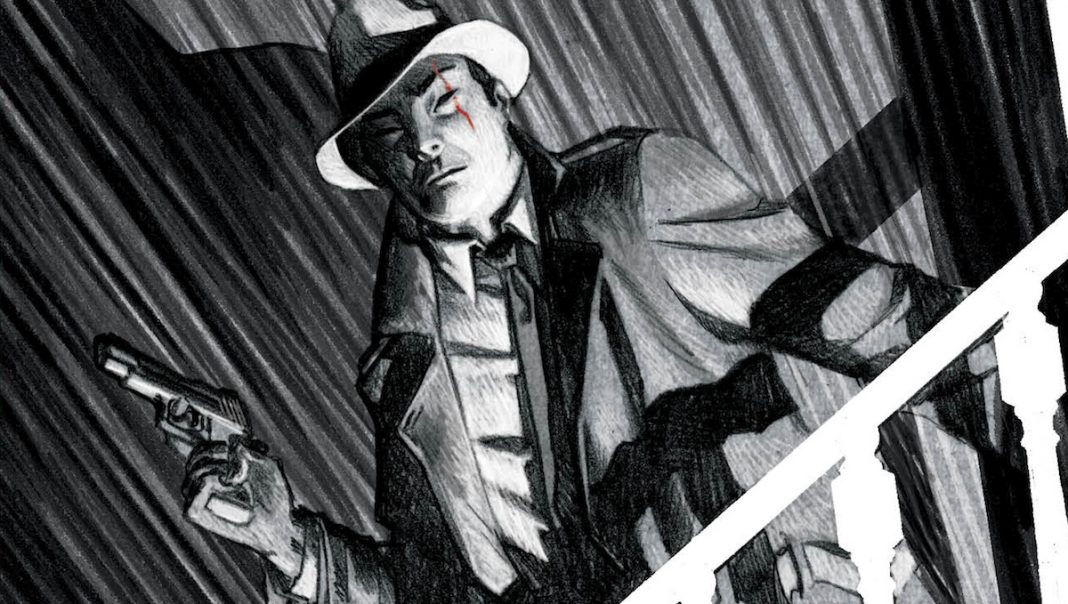
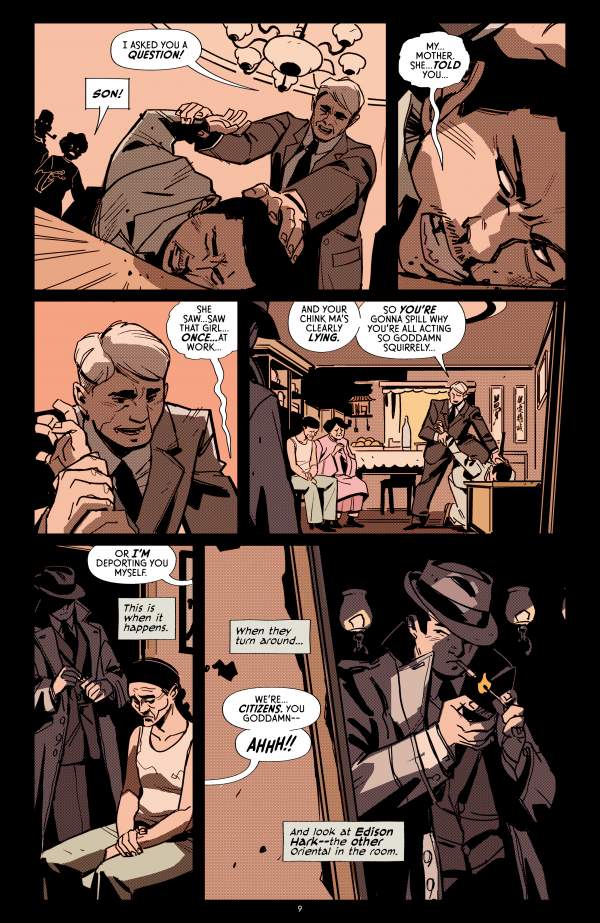
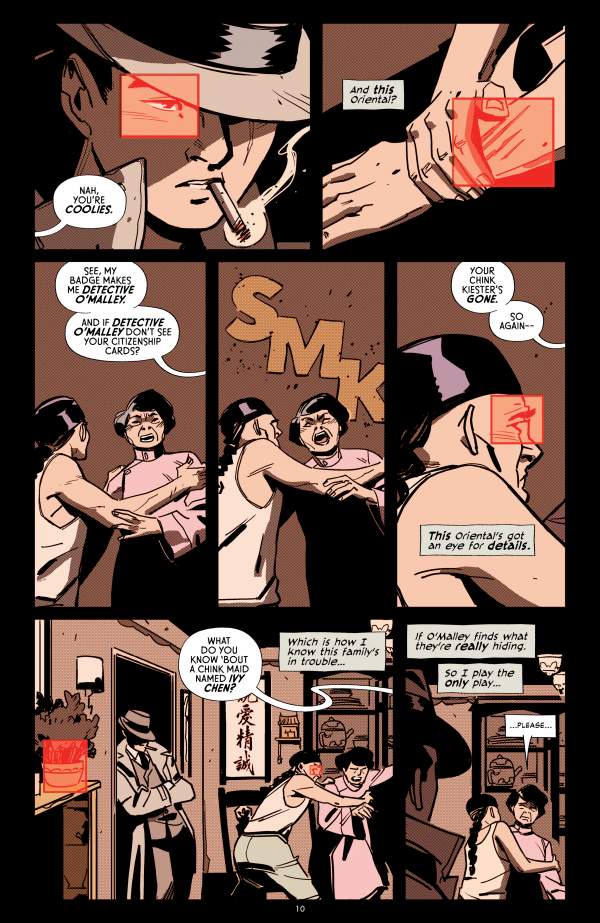
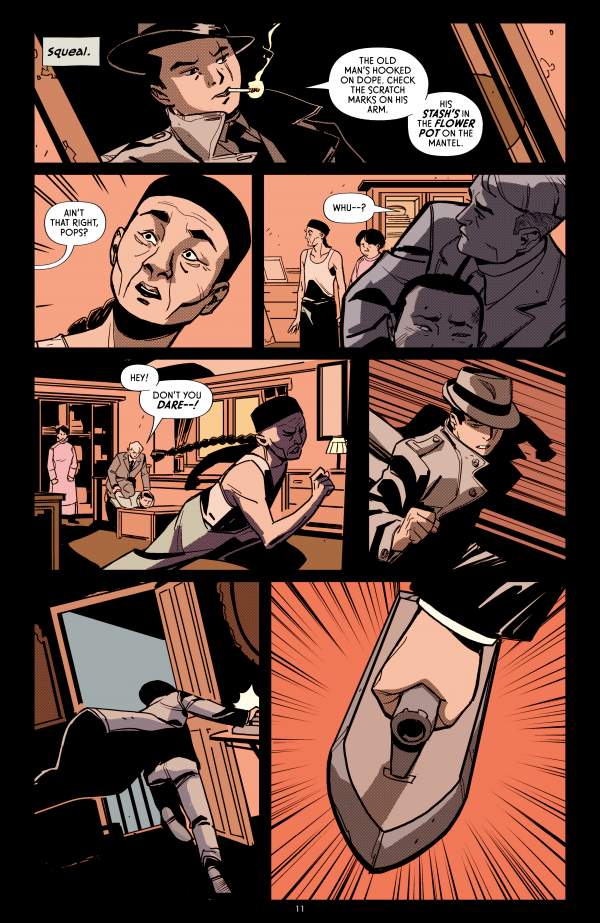
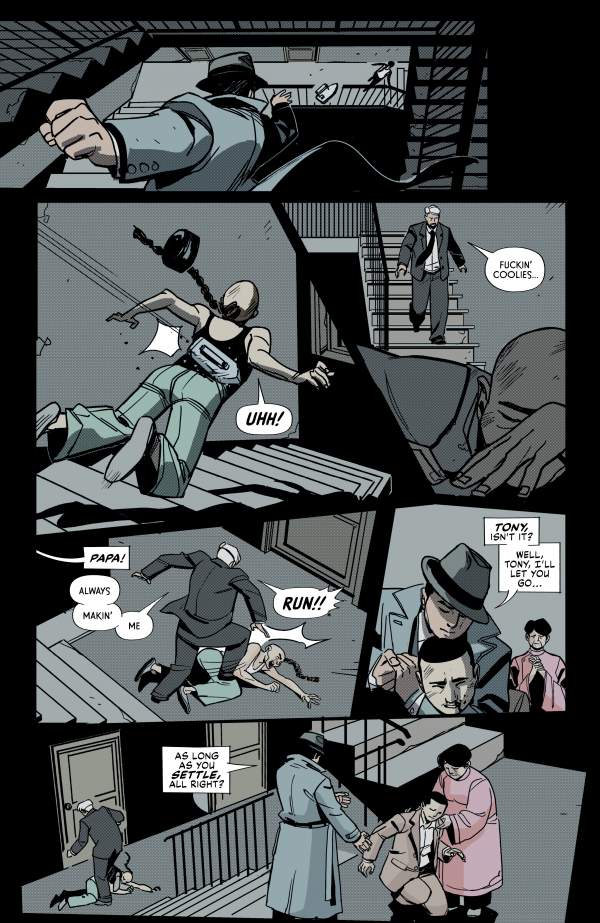
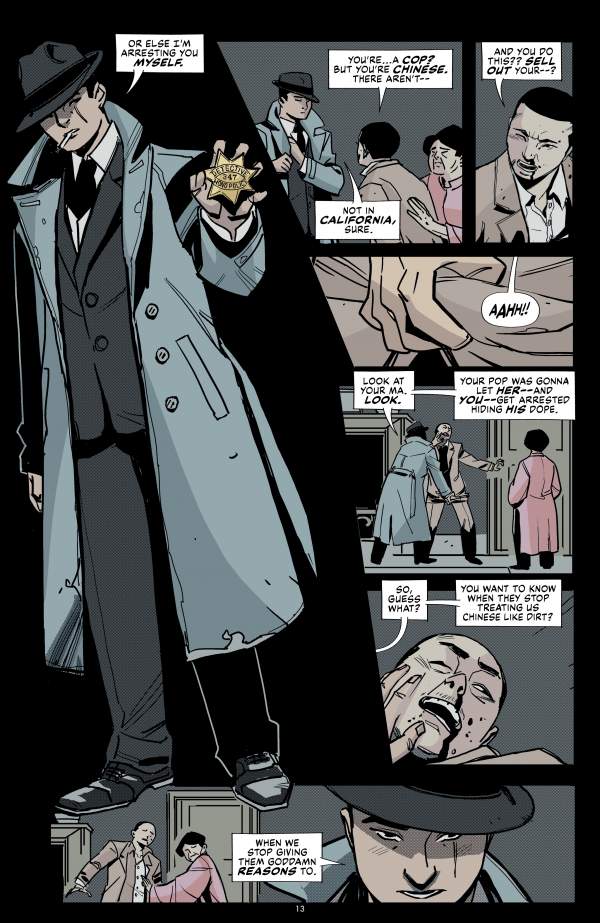
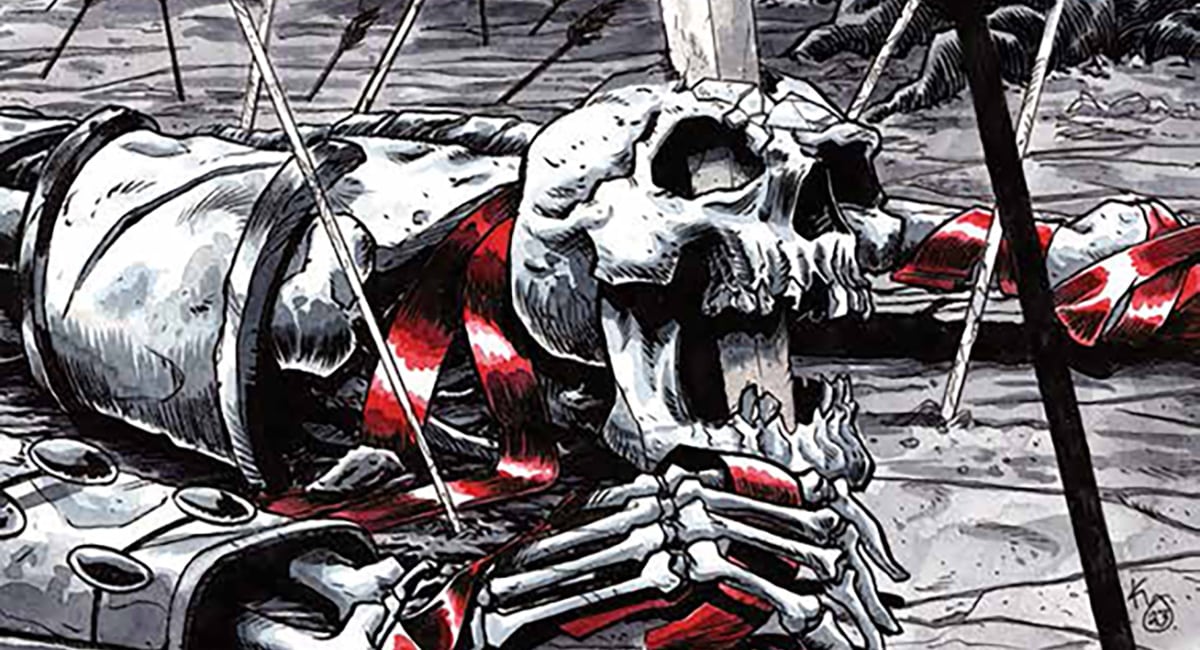
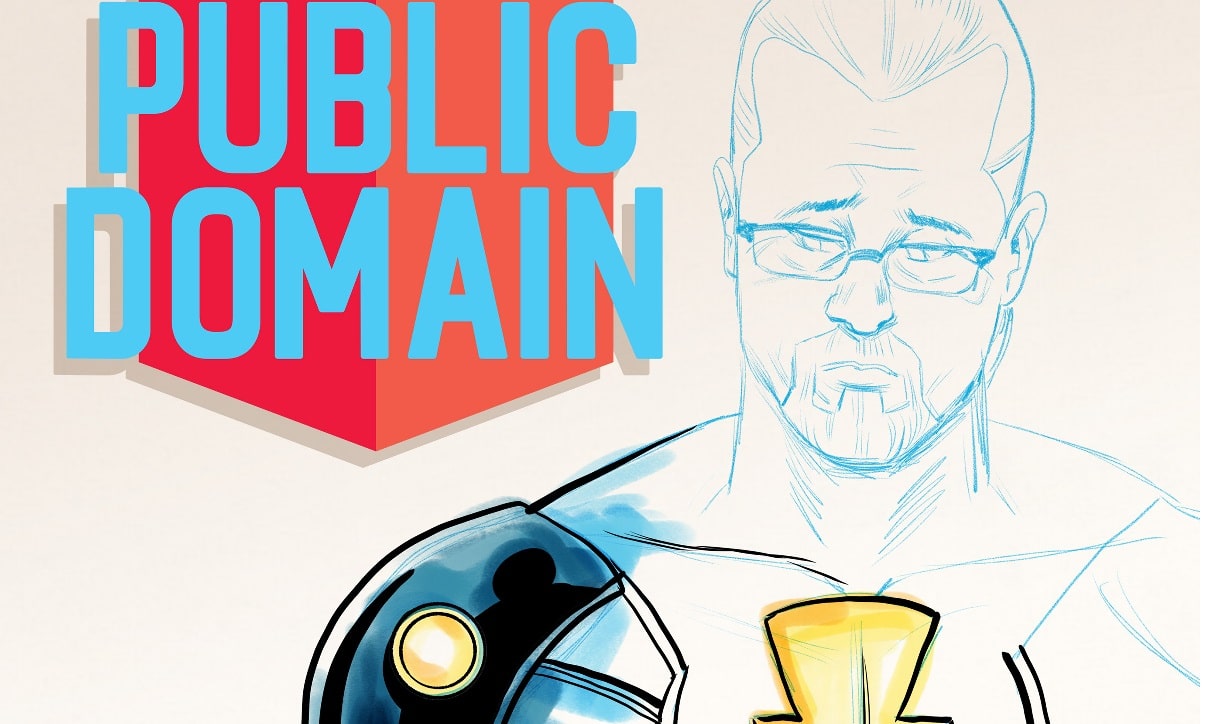




Sounds like a fantastic story! Can’t wait to read/see it.
Comments are closed.